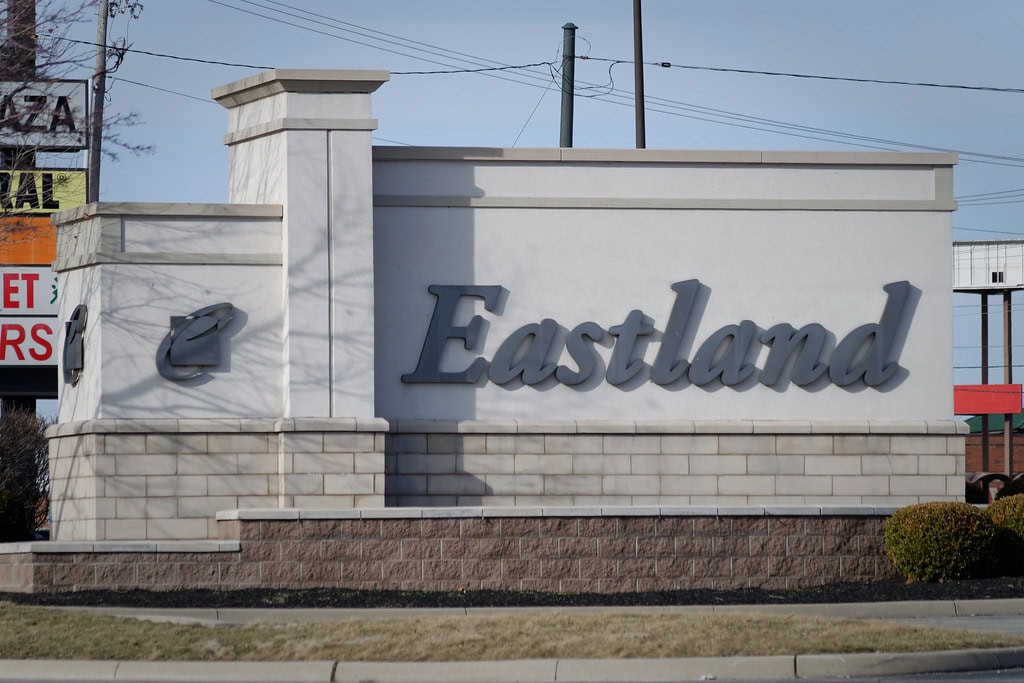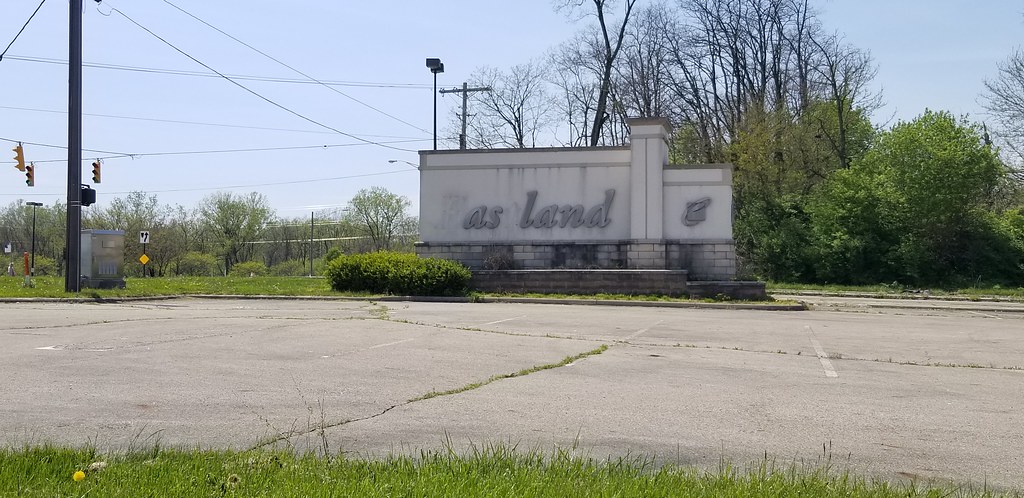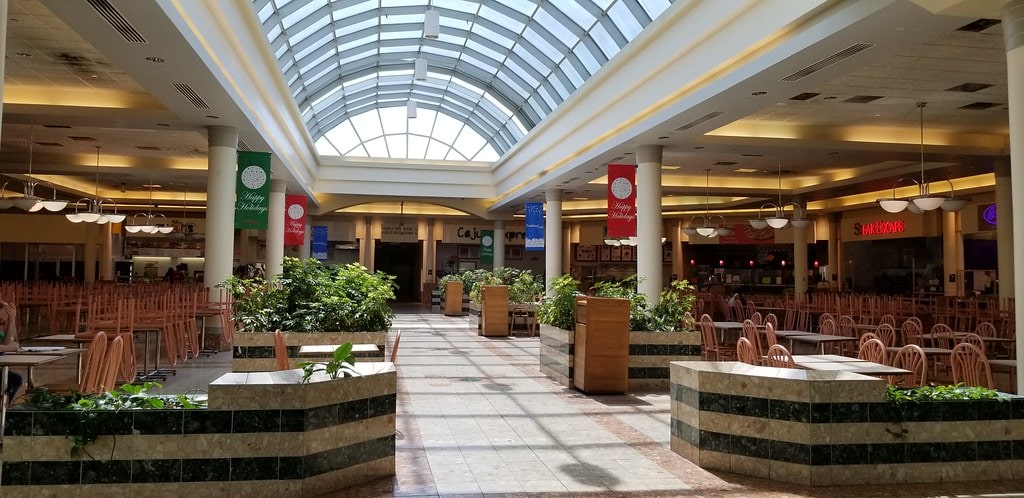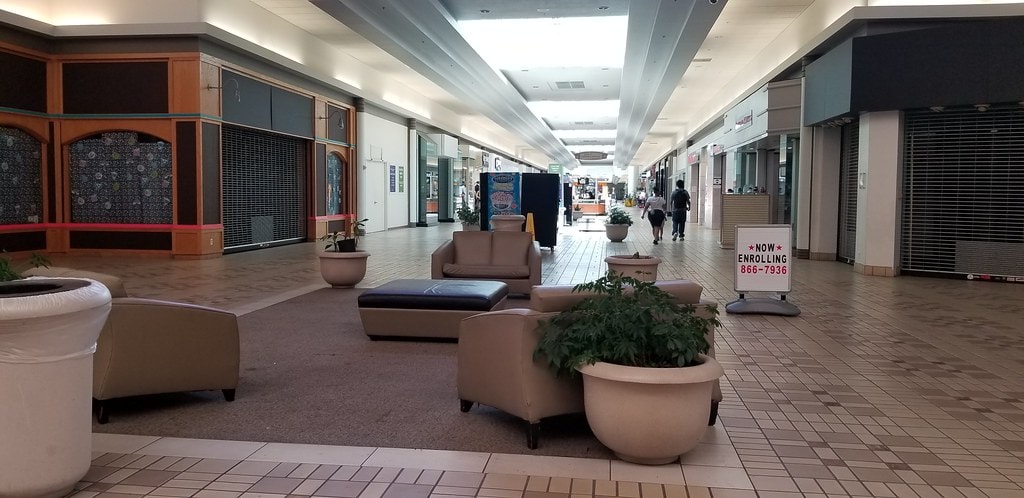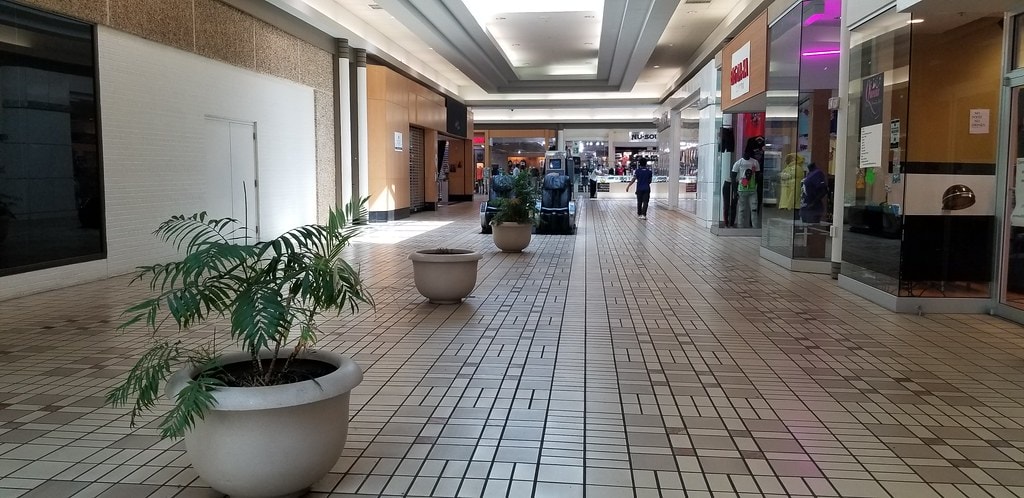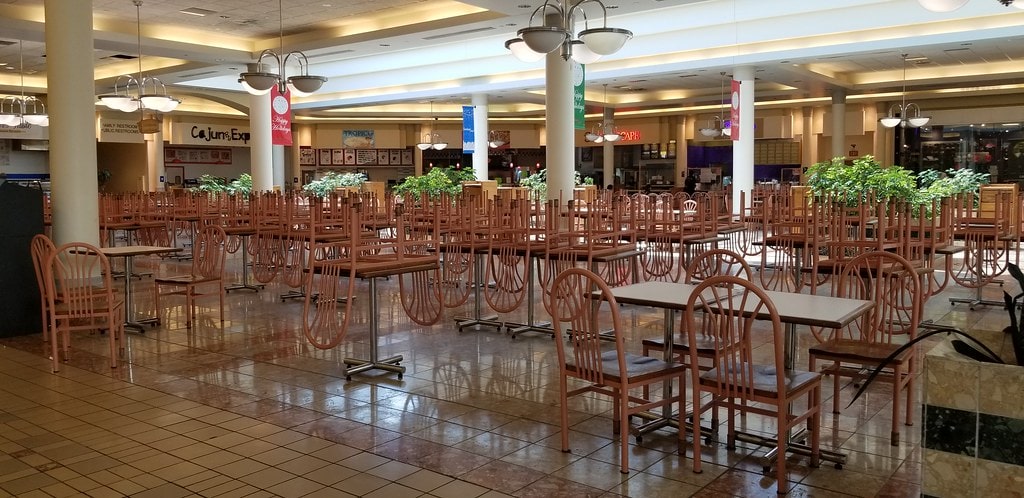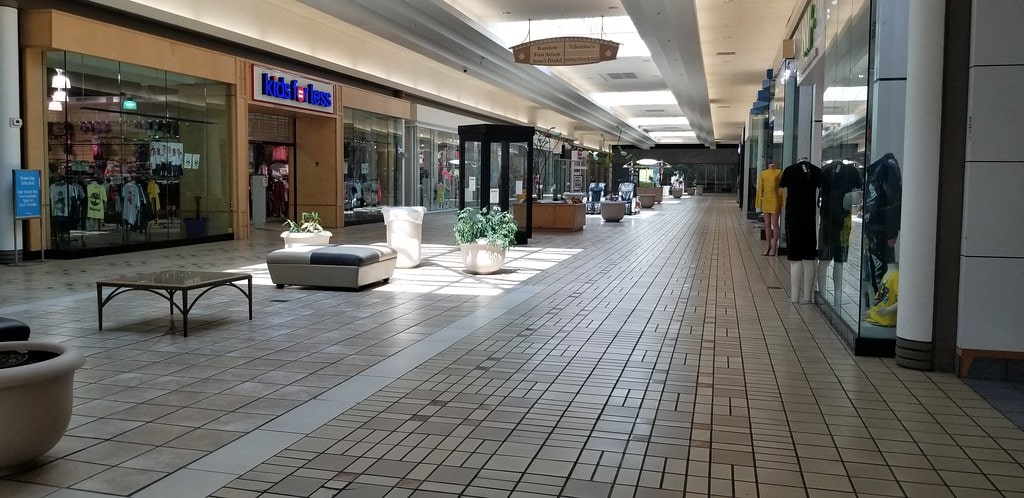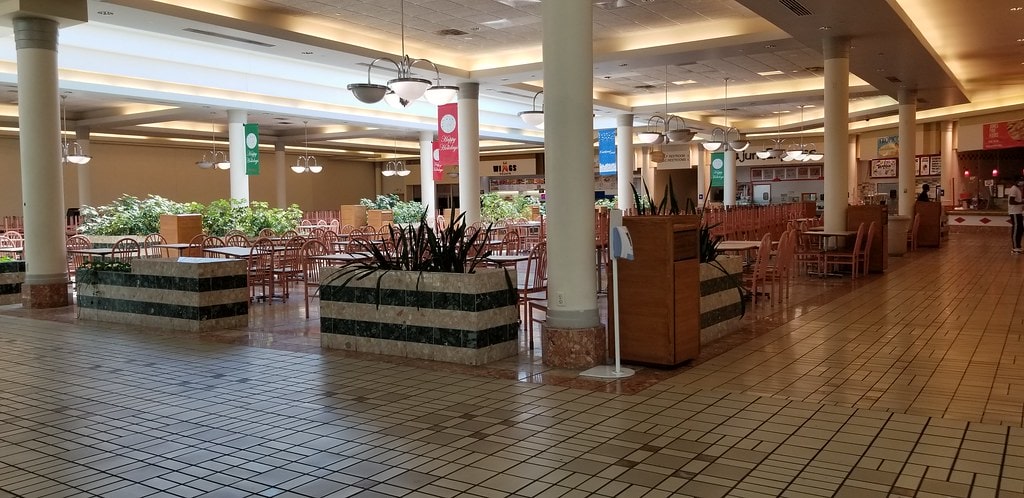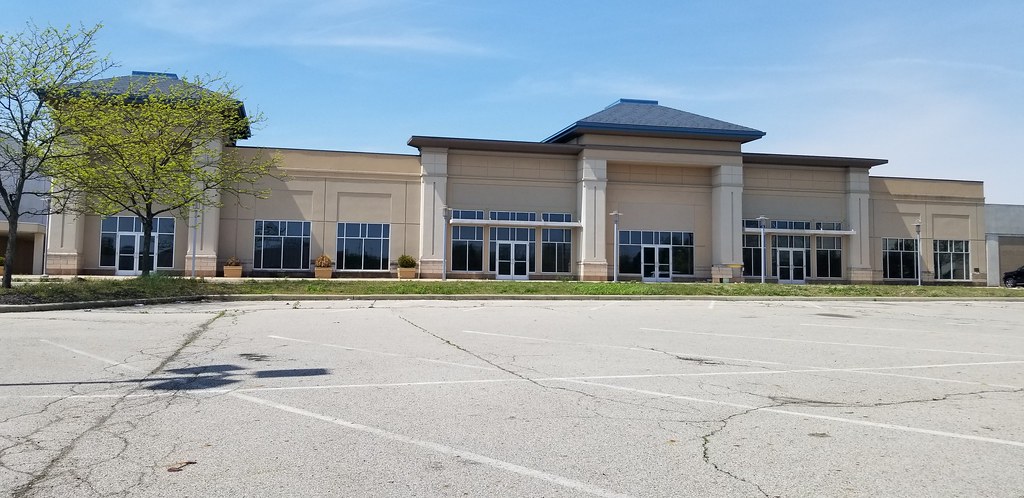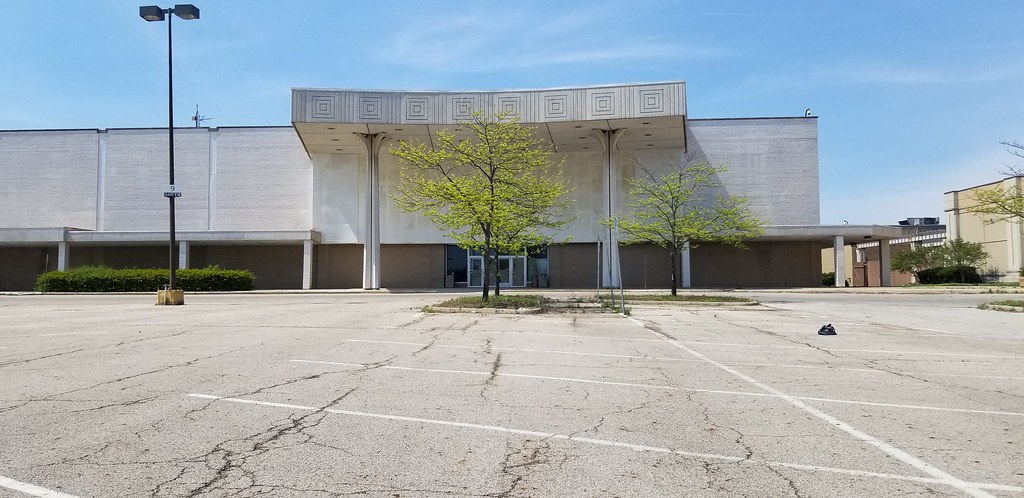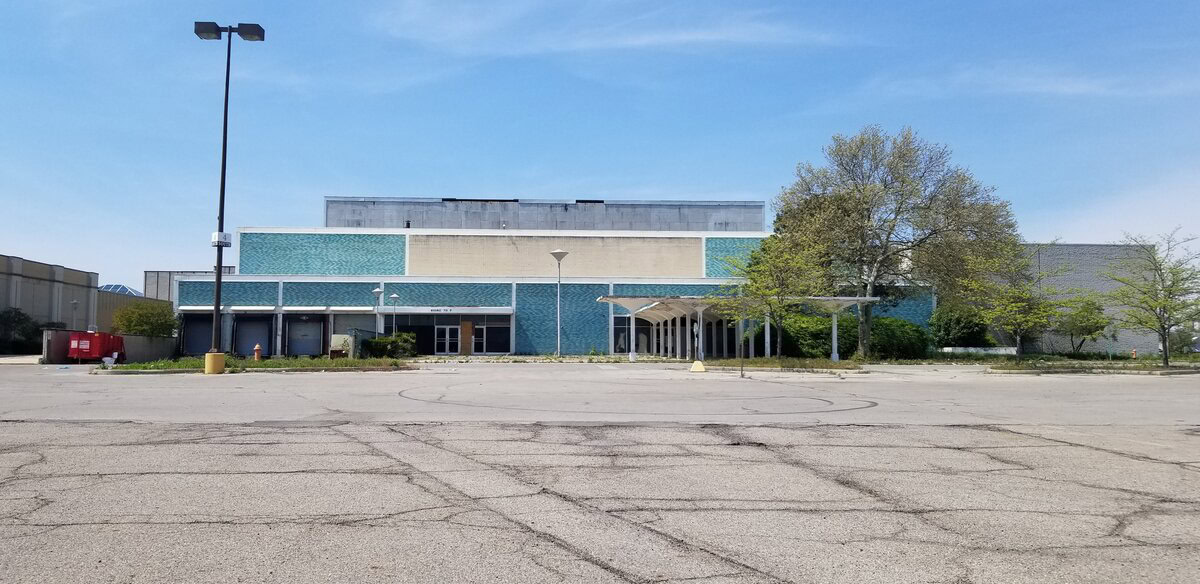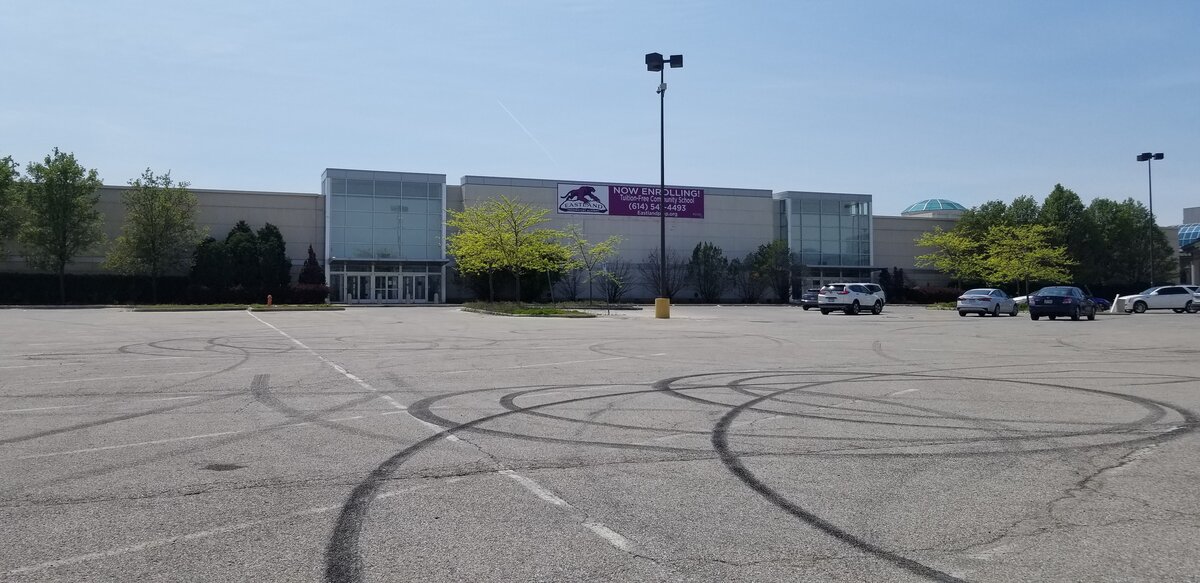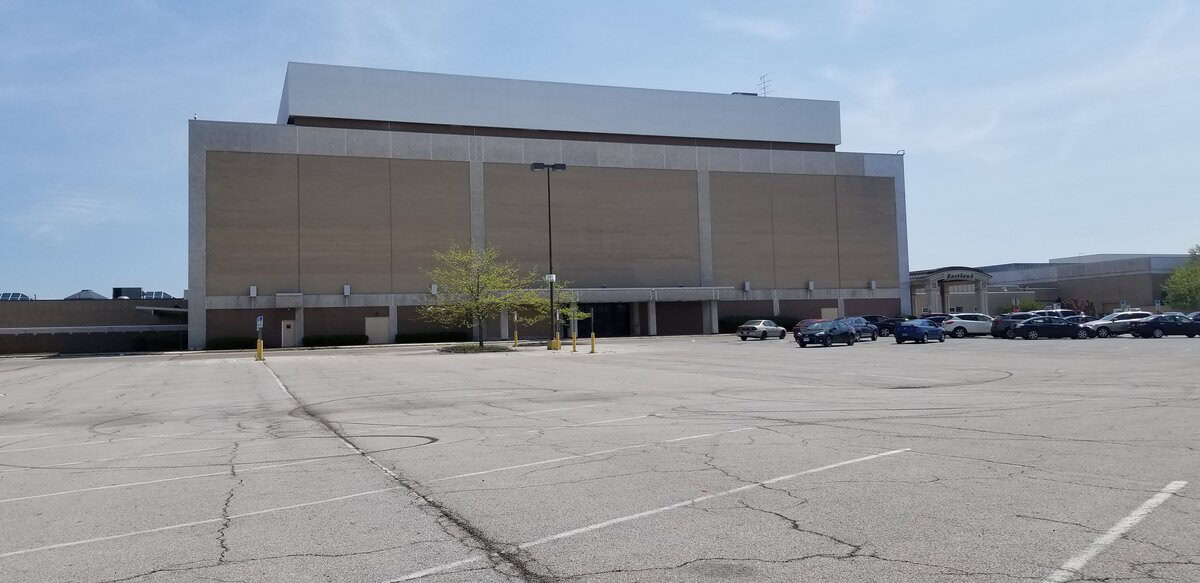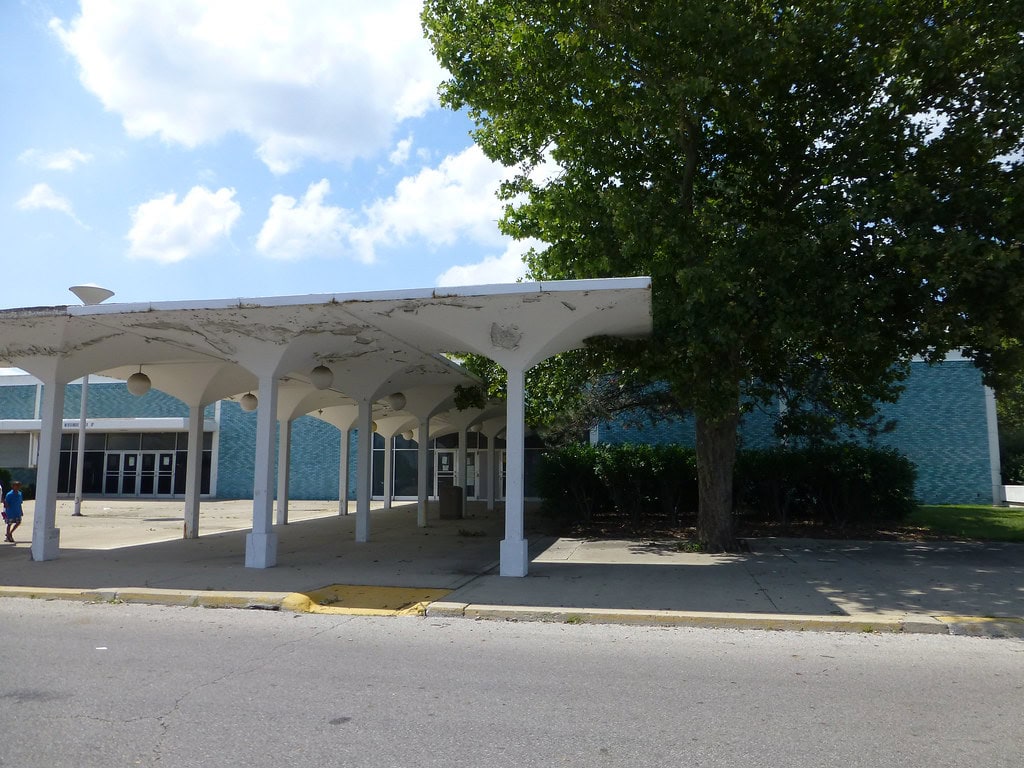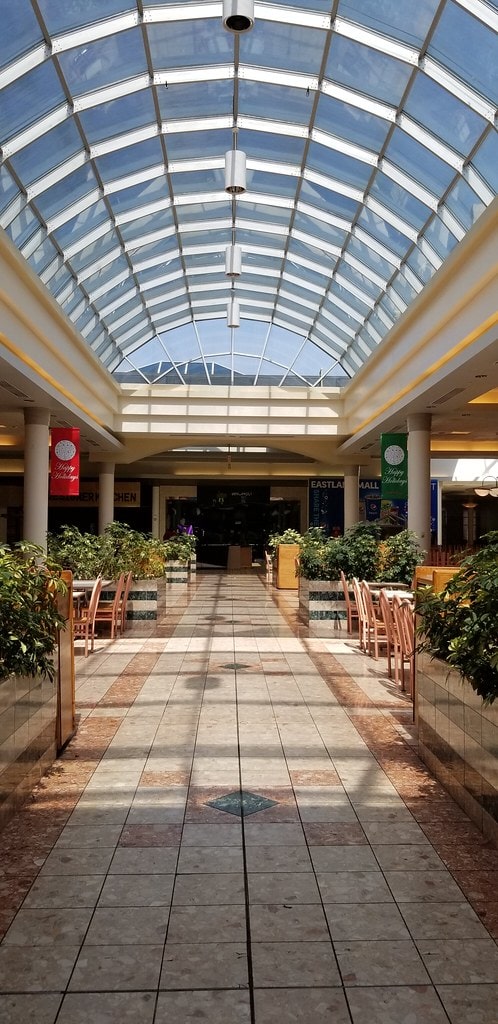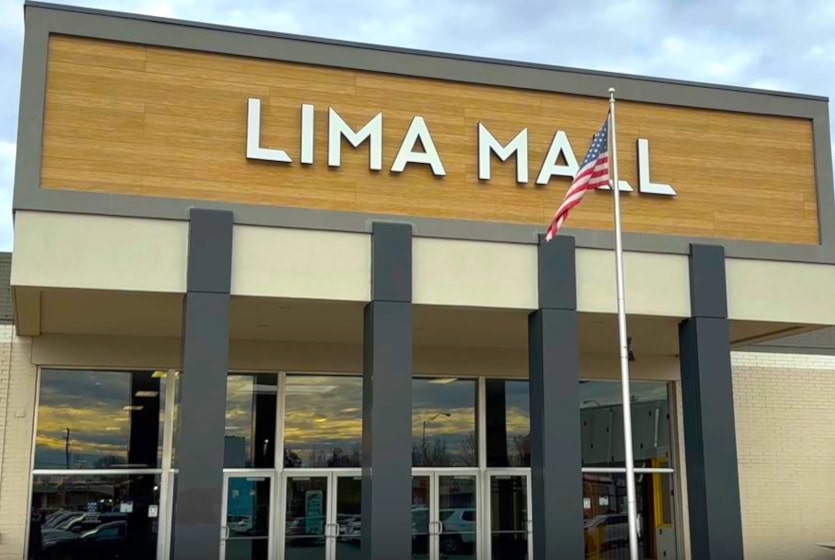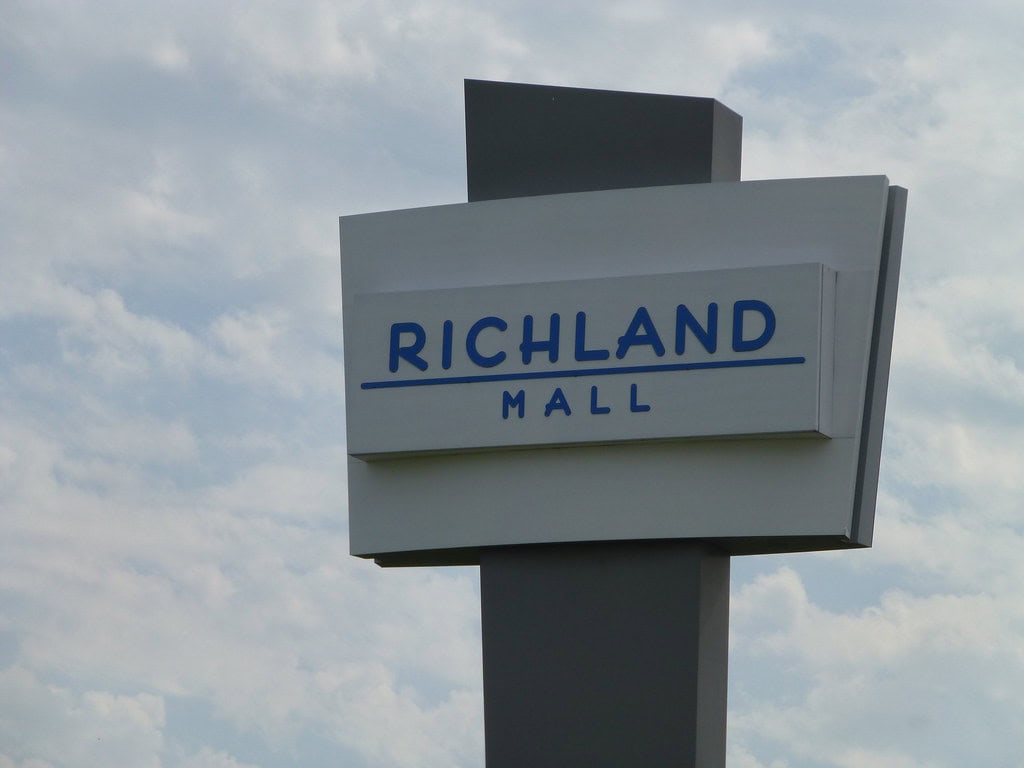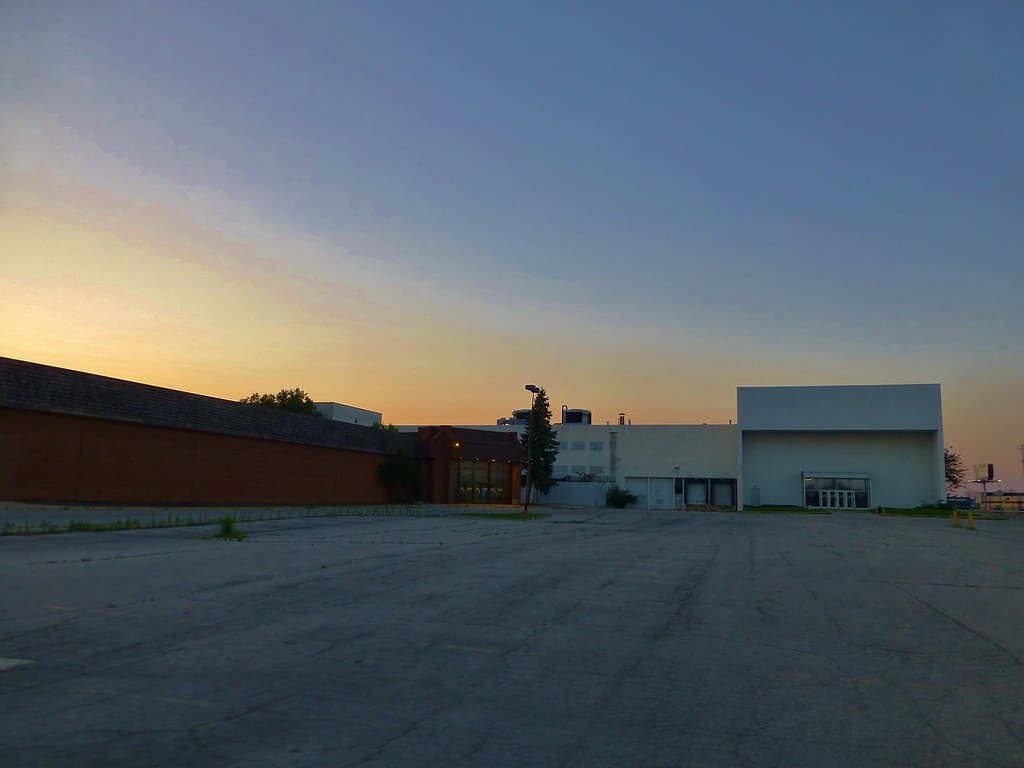Eastland Mall opens its doors in Columbus
Eastland Mall opened on February 14, 1968, in Columbus, Ohio, developed by the Richard E. Jacobs group and anchored by JCPenney, Sears, and Lazarus.
The mall was the first fully enclosed shopping center in the city, built on Hamilton Road at Refugee Road. Its design followed a single-level plan, while anchor stores had multiple floors.
The JCPenney and Lazarus stores offered three levels of shopping space, while Sears featured two levels but closed the upper floor during the 1980s.
Each store connected directly to the mall concourse, shaping how visitors moved through the property.
From its opening, Eastland Mall was part of the group of Jacobs developments known as the "directional malls."
Northland had opened in 1964 and Westland in 1969, but Eastland in 1968 was the first to be fully enclosed.
Shoppers encountered a variety of national tenants alongside anchors, creating a blend of fashion, home goods, and dining choices within the interior halls.
Its corridors were bright and spacious, allowing for smooth traffic between stores.
The combination of large anchors and smaller inline tenants gave it stability during its early years, while parking lots surrounding the property supported growing automobile traffic.
Families visited for everything from weekend shopping to seasonal events, and the presence of Lazarus underscored the scale of the mall as a retail hub.
By the early 1970s, Eastland had cemented itself as a central shopping destination for the community, balancing suburban convenience with the excitement of a modern enclosed mall.
Ownership changes and expansion moves
Eastland remained under the Richard E. Jacobs group until December 2003, when Glimcher Realty Trust purchased the mall.
Glimcher already operated Polaris Fashion Place, giving the company two Columbus centers within its portfolio.
The new ownership brought in strategies meant to update the property and adjust its mix of tenants.
One of Glimcher's first decisions was to add Kaufmann's as a fourth anchor.
The store opened with a smaller floor plan than older units, built with wider aisles and a modernized layout.
The addition expanded anchor capacity while reshaping traffic patterns through the mall.
That same year, the Lazarus store converted to Lazarus-Macy's, reflecting a broader shift in its parent company.
In 2006, Macy's relocated into the former Kaufmann's space after its corporate parent absorbed the Kaufmann's chain. This left the old Lazarus-Macy's location empty.
Three years later, Glimcher floated plans to demolish the vacant structure and construct a new JCPenney, while converting the existing Penney's space into smaller units for additional tenants.
The project never moved forward, and by 2013, the Lazarus-Macy's building still stood unused.
The property carried a mix of full storefronts alongside an increasingly visible vacancy at its core.
Financial setbacks and the first signs of decline
In 2012, Glimcher Realty Trust defaulted on the mortgage tied to Eastland Mall, a move that pushed the property into distress.
By August 2014, the asset was handed to a CMBS trust managed by LNR Property through a deed in lieu of foreclosure.
Control of the mall shifted again, and leasing efforts carried on under new oversight while large spaces remained unused.
The sale in March 2015 set a new marker. The mall changed hands for $9.25 million, and just weeks earlier, JCPenney announced it would close.
The department store shut its doors in May of that year, leaving the concourse without one of its three original anchors.
Smaller tenants adjusted as traffic declined on that side of the property.
Even as Penney's left, directories from 2015 showed more than 40 occupied storefronts.
National brands mixed with independent retailers, and the food court kept drawing regular customers.
Yet the empty Lazarus-Macy's shell and the sudden loss of JCPenney signaled mounting challenges.
Vacant anchor space became harder to disguise, and shoppers began noticing more gaps across the property.
The mall entered a stretch where occupancy looked stable on paper, but the balance between filled inline shops and closed anchor boxes revealed the clear cracks in its foundation.
Anchor departures and growing code violations
In January 2017, Macy's announced it would shut its Eastland Mall store. The closure came that March, leaving Sears as the last anchor tenant still in operation.
On June 6 of the same year, Sears confirmed it too would depart, with liquidation wrapping up by early September.
Once Sears locked its doors, the mall no longer had a single anchor to support traffic.
City officials had been watching over deteriorating conditions at the site.
In 2019, Eastland Mall Holdings received citations from Columbus inspectors for structural shortcomings, a failing parking lot, and zoning noncompliance.
The dispute advanced further in April 2021 when city attorneys brought the matter before a judge.
During a June 2022 hearing, the mall's property manager acknowledged up to 1,200 potholes scattered across the lot, along with other unresolved issues.
Judge Stephanie Mingo declared Eastland Mall a public nuisance on June 13, ordering repairs that would bring the property back to compliance.
Later that September, the case returned to court as the mall continued to fall short of the required improvements.
By this point, Eastland's retail base had thinned, and the vacant anchor boxes stood as visible reminders of its changing condition.
Eastland Preparatory Academy opened inside the former Macy's building at Eastland Mall in Columbus, Ohio.
Managed by ACCEL Schools, it first opened in the repurposed anchor space to provide a tuition-free charter option for local families.
By the 2022–2023 school year it enrolled about 365 students.
The site includes separate entrances, its own fire suppression system, and monitored air quality, ensuring no shared access with the rest of the abandoned mall.
Construction has also added 22 new classrooms to prepare space for Columbus Arts and Technology Academy, opened on the property in 2024.
Closing doors for good
Eastland Mall was set to close on December 31, 2022, but the end came sooner. On December 26, a water line burst and flooded sections of the concourse.
By December 27, the mall was shuttered permanently, four days earlier than planned.
The last shops had little time to prepare, and tenants packed quickly as utilities were cut.
On March 3, 2023, the City of Columbus opened a call for redevelopment proposals.
Thirteen design teams submitted redevelopment proposals for the property, covering options from mixed-use projects to neighborhood-centered concepts.
On June 19, MKSK was appointed lead planner, with $850,000 awarded to begin the master plan.
The site then began moving from its retail function toward preparation for redevelopment.
Right up until the last days, Eastland Mall contained several small businesses centered around its food court.
When the shutdown arrived, those tenants departed swiftly, leaving echoing, empty passageways.
The site entered a waiting phase marked by court cases, redevelopment discussions, and code issues.
While its purpose as a mall was gone, the building itself lingered until demolition was ready to start.
Demolition and a future in progress
On November 21, 2024, a Franklin County court order required Eastland Mall to begin demolition.
The agreement set May 31, 2025, as the deadline for tearing down part of the structure, and September 15, 2025, for removing the portion connected to Eastland Preparatory Academy.
These deadlines marked the first binding timeline for dismantling the long-vacant center.
Crews arrived in February 2025 and began tearing into the north end.
Demolition brought down the mall wall by wall, exposing steel frames and concrete floors from its 1968 construction.
By May, concerns reached the courtroom after reports surfaced of children from nearby schools entering the grounds.
Inspectors noted live wires and dangerous debris, which forced contractors to install additional fencing and submit written safety plans before resuming work.
While demolition progressed, the City of Columbus presented the Eastland for Everyone plan in March 2025.
The 280-page plan proposed new housing, retail, education facilities, job programs, and spaces for community use.
Developed with input from neighborhood meetings, it laid out a phased redevelopment process.
The project can take as long as six years, giving residents a timeline for how long the site might stay under construction.

